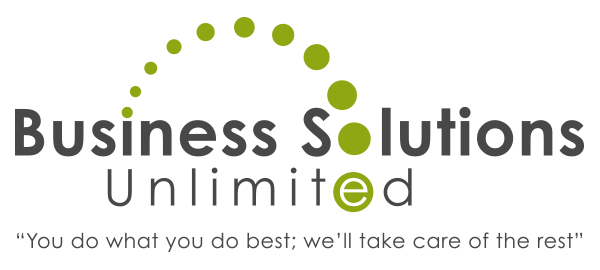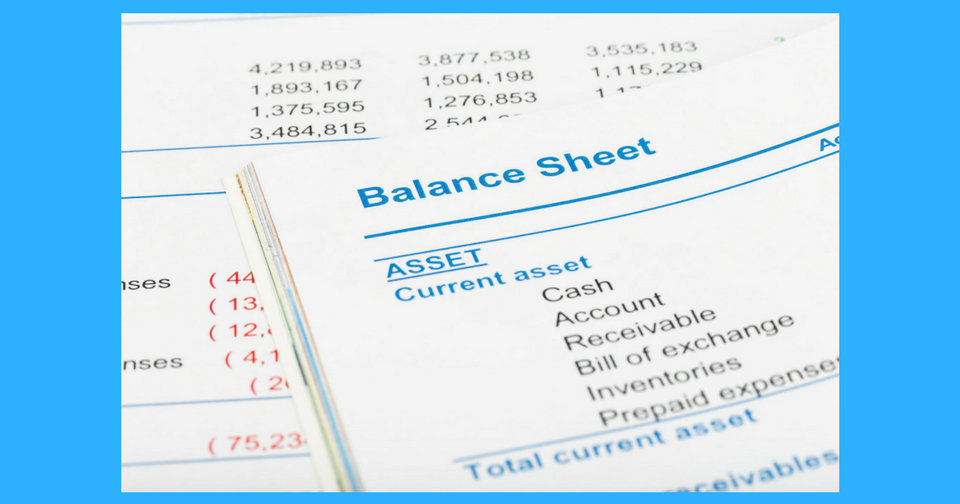Do you know where your business dollars are?
That’s a question every small and large business manager should be able to answer quickly. Knowing where your cash flow currently sits, where it is coming from and going to, are key factors to making smart decisions about your business.
Those financial answers can be found in your financial statements.
Understanding your financial statements is relatively easy—no accounting degree required.
Over the next few minutes, we’ll show you how to read your financial statements.
Let’s Start with the Purpose of Your Financial Statement
Financial statements show the status of your business financials over a period of time—monthly, quarterly and annually. You can use the data in your statement to:
- Identify trends
- Understand your business current financial condition
- Become aware of problems requiring attention
- Make decisions based on relevant and timely information
The Three Essential Financial Statements
Typically, a business will maintain the following three financial statements:
Profit and Loss Statement (P&L): Reports on business income, expenses and profits
Balance Sheet: Provides information on the financial position of your business
Cash Flow Statement: Details how much money is coming in and going out of your business
How to Read Your Profit and Loss Statement
Your P&L will show you how revenue turns into net profit. The basic structure goes as follows:
Gross Revenue: This shows all income from sales of goods or services
Cost of Goods Sold: Cost to purchase or make the product sold
Gross Profit: Revenue minus cost of goods sold
For example: You sell a hat priced at $10. The cost of the hat is $7. The gross profit would be $3.
The next section of your P&L determines your actual Net Income (profit).
Selling, General and Administrative (SG&A) Expenses: This includes your
- Office expenses for water, pens, and coffee
- Utilities such as electricity
- Salaries or wages expenses
- Rent Expense
Operating Income: Gross Profit minus SG&A Expenses
Interest Expense: Cost of debt occurred during a period of time
Income Taxes: The total amount paid in taxes during a period of time
Net Income (Profit): Operating Income minus Interest and Income Tax Expenses
How to Read Your Balance Sheet
Look at your balance sheet as a snapshot of your business financial position. Another way to put it is the balance sheet shows the net worth of your business.
The results arrive from an accounting equation:
Assets = Liabilities + Equity
The equation must always balance because assets must be funded with either liabilities or equity.
Assets are broken down into two categories:
| Current Assets (Less Than a Year) | Long-Term Assets (More Than a Year) |
| · Cash · Accounts Receivable · Inventory | · Office Furniture · Building/Property · Equipment and Equipment Depreciation |
Liabilities are broken down into two categories:
| Current Liabilities (Less Than a Year) | Long-Term Liabilities (Greater than a Year) |
| Accounts Payable Including: · Sales Tax Payable · Salaries Payable · Gift Certificates | This could include a long-term loan. |
Equity is broken down into two categories:
| Retained Earnings | Capital |
| An Example: If an owner invests residual income back into the business, the amount is transferred from the income statement to the balance sheet as retained earnings. | Original funding from investor or owner into the business.
|
How to Read Your Cash Flow Statement
Your cash flow statement reports on three types of activities:
Operating: Information on your business cash from net income or losses
Investing: Shows cash flow from all investment activities including purchases or sales of long-term assets
Financing: Shows cash flow from all financing activities such as a bank loan
The cash flow statement top line shows a beginning balance. Then adds or subtracts amounts based on the above financial activities. The final total amount shows the amount of cash your business has on hand.
How to Get Assistance on Your Financial Statements
As virtual assistant bookkeepers, Business Solutions Unlimited is well-versed in not only reading financial statements but maintaining them as well. If you require any assistance, we’re happy to help.
Feel free to give us a call at (904) 429-4588 and let’s see how we can help your business.

